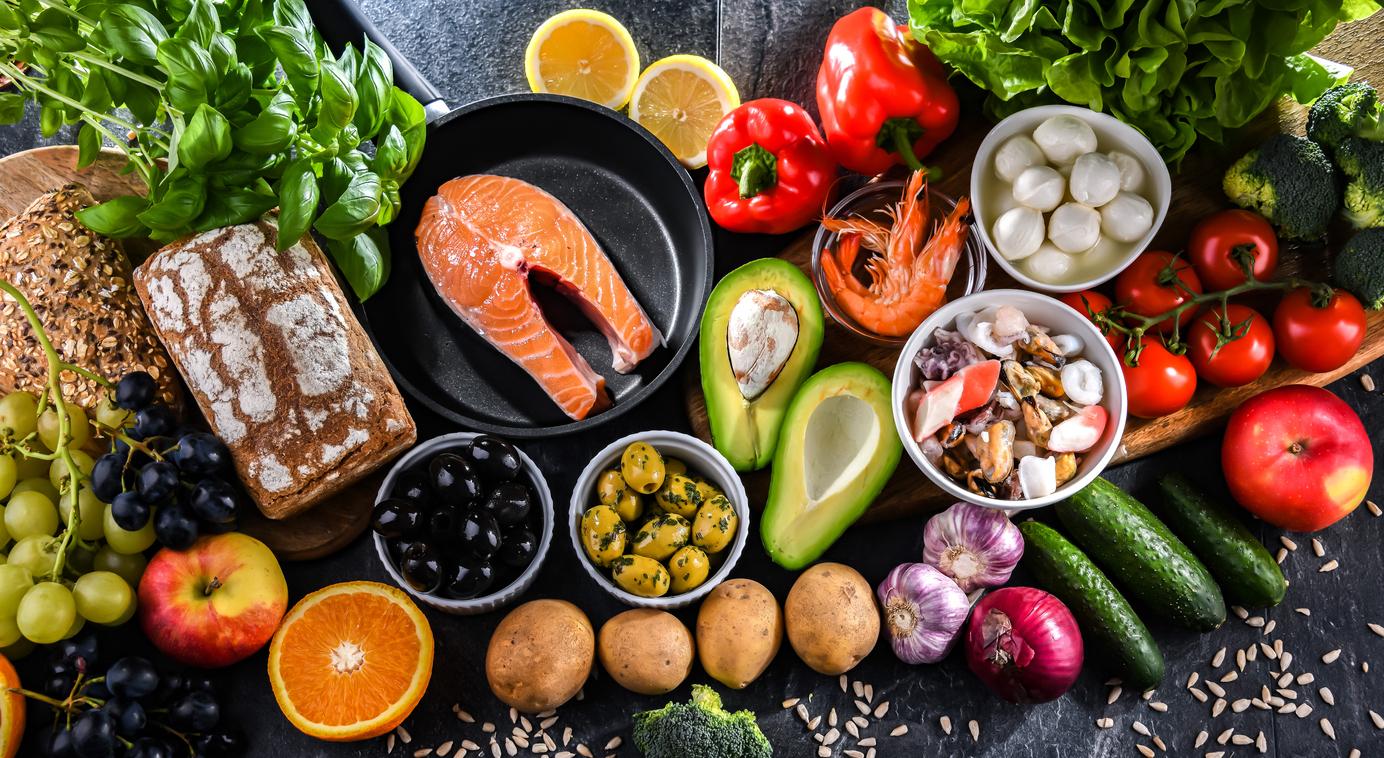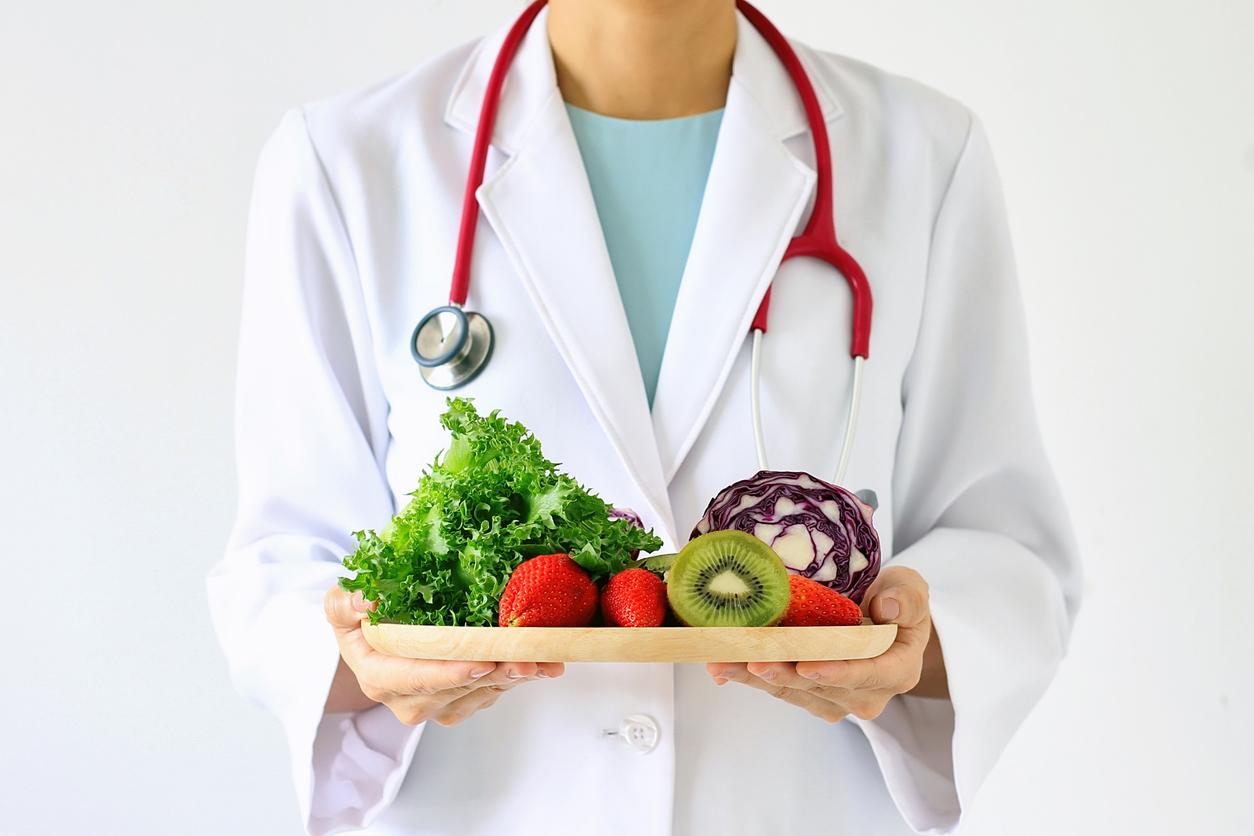
April 6, 2009 – The trend to eat healthier at restaurants or at work does indeed exist. The growing offer of varied menus allows everyone to make healthier choices. But many consumers opt for the inexpensive, unhealthy meals offered by fast-food restaurants.
This was supported by ten panelists invited to debate the evolution of health trends in the restaurant industry, as part of the International Food Fair (SIAL), held recently in Montreal.1.
According to them, the food supply has significantly diversified and improved over the past year. In addition, taste is becoming more and more important in the preparation of healthy menus, they noted.
 “Not long ago, some were ready to sacrifice taste in order to eat healthier, but now people want products that are both healthy and tasty,” says nutritionist Marise Charron. Recognizing this trend, food producers are creating products that are healthy and taste great. “
“Not long ago, some were ready to sacrifice taste in order to eat healthier, but now people want products that are both healthy and tasty,” says nutritionist Marise Charron. Recognizing this trend, food producers are creating products that are healthy and taste great. “
But despite this trend, fast food outlets still have a bright future ahead of them. “We go to restaurants to eat, but we are not always ready to pay for quality”, observes the chef restaurateur Giovanni Apollo, of the restaurants of the same name.
Bernard Aurouze, of the Institut de tourisme et de l’hôtellerie du Québec, agrees. “While we fed people around 200 products 100 years ago, we now list more than 80,000,” he says. But despite its magnitude, this offer is often not nutritionally attractive because health is not the main criterion in consumer selection. “
And the statistics seem to prove him right: “According to a survey carried out by the MAPAQ2, consumers say they are prepared to pay 5% more for healthier food. But 5% is very little, ”exclaims Cinzia Cuneo, founder of SOS Cuisine. According to her, it would nevertheless be possible to reconcile the pleasure of eating and healthy food, in particular by buying fresh products according to the season.3.
Industry is making efforts, but the state must do more
The majority of panelists agreed that in general the agri-food industry has made commendable efforts to deliver quality products, while agreeing that not everyone is up to speed. Including governments.
 According to Giovanni Apollo, the implementation of a food and food product traceability system would be a guarantee of quality choices. “There should even be international laws to standardize and increase traceability, regardless of the country,” he believes.
According to Giovanni Apollo, the implementation of a food and food product traceability system would be a guarantee of quality choices. “There should even be international laws to standardize and increase traceability, regardless of the country,” he believes.
Chief Marc Thuet, who works in Ontario, agrees. “Currently, corn and soy are everywhere. And no one is able to tell you whether or not they contain genetically modified organisms (GMOs), ”he laments, while calling for Canadian legislation on this plan.
“Eating at a restaurant is an act of trust and if the chef buys products from Quebec, he must be able to have the best information on the product or the food, through traceability and visits to producers and suppliers,” says Bernard. Aurouze.
Former chef for the general delegation of Quebec in New York, Benoît Poliquin nuance. “Yes to traceability for more upscale restaurants, but not in fast food … When a customer buys a $ 4 shish-taouk, he doesn’t expect to be able to tell him where the chicken he’s going to eat has been raised, ”he says.
What about local buying in all of this?
“Buying locally is not necessarily synonymous with quality: there are bad growers and bad producers in Quebec, as there are elsewhere,” retorts Giovanni Apollo.
And it is also necessary that local production be accessible … locally! “In Quebec, we sell our best foods abroad,” he laments. A high percentage of northern shrimp caught in Quebec are sold on foreign markets, he gives as an example. “To get them, I have to buy them in New York,” he denounces vehemently.
According to Giovanni Apollo, it is also up to consumers to act. “The pressure must continue on governments and the agri-food industry: it is up to us not to let ourselves be imposed on anything,” he concludes.
Martin LaSalle – PasseportSanté.net
1. The International Food Fair (SIAL) was held in Montreal from 1er as of April 3, 2009.
2. MAPAQ: Quebec Ministry of Agriculture, Fisheries and Food.
3. SOS Cuisine publishes the sales of the main supermarkets and grocery stores every week: www.soscuisine.com [consulté le 6 avril 2009].
















